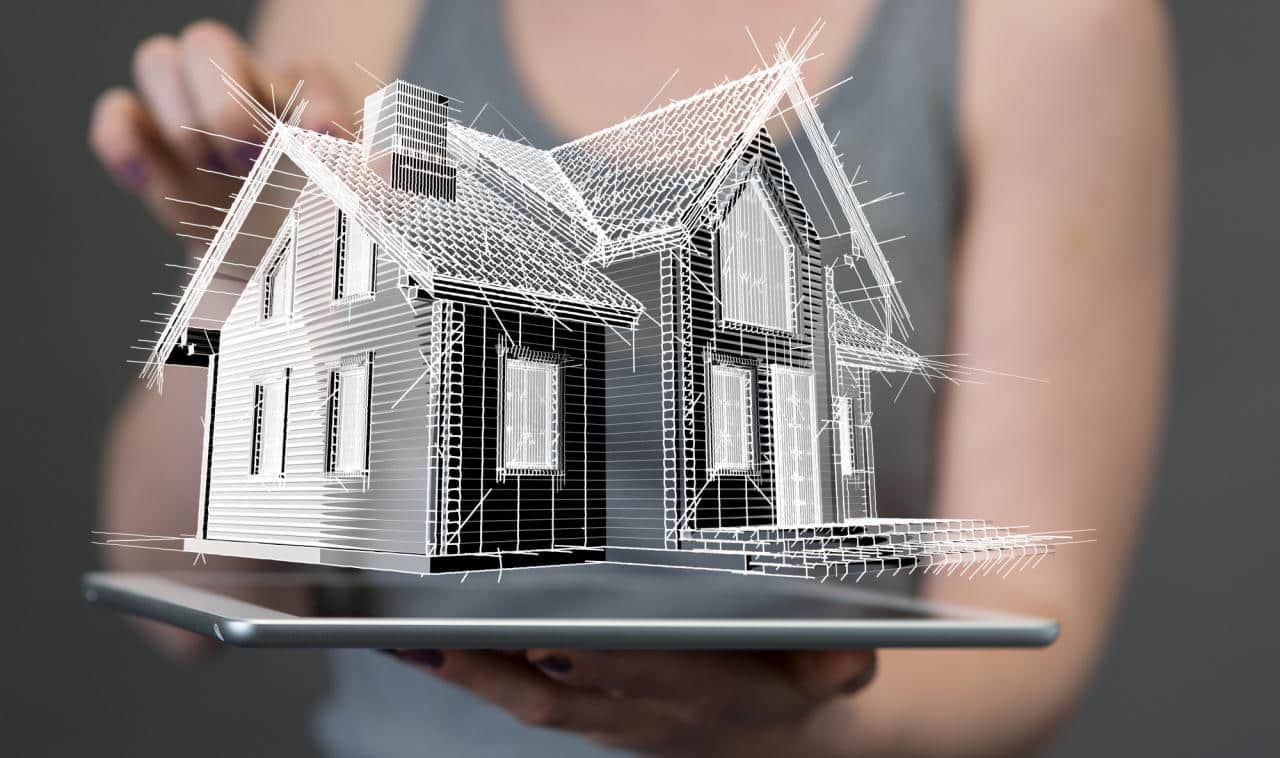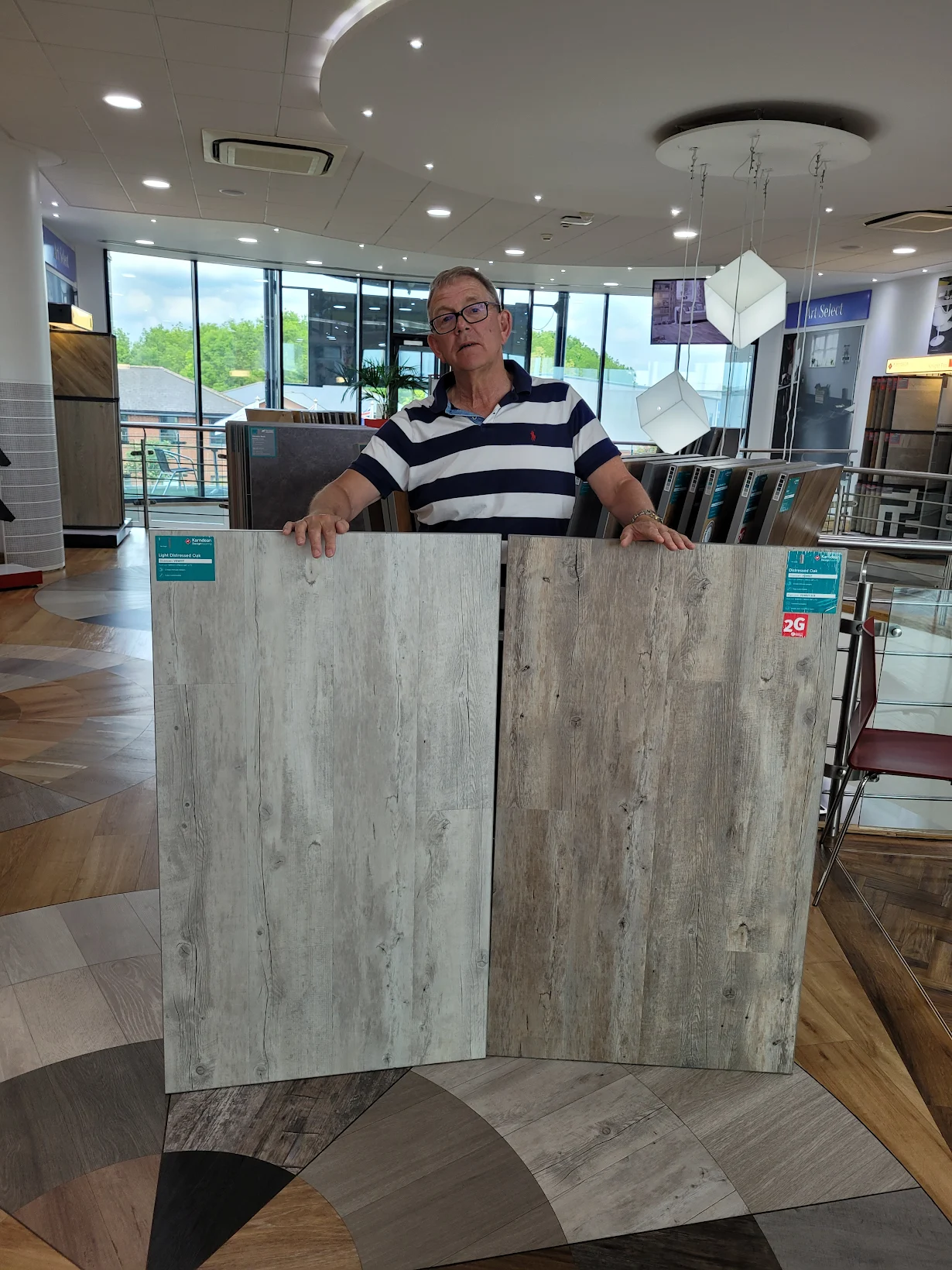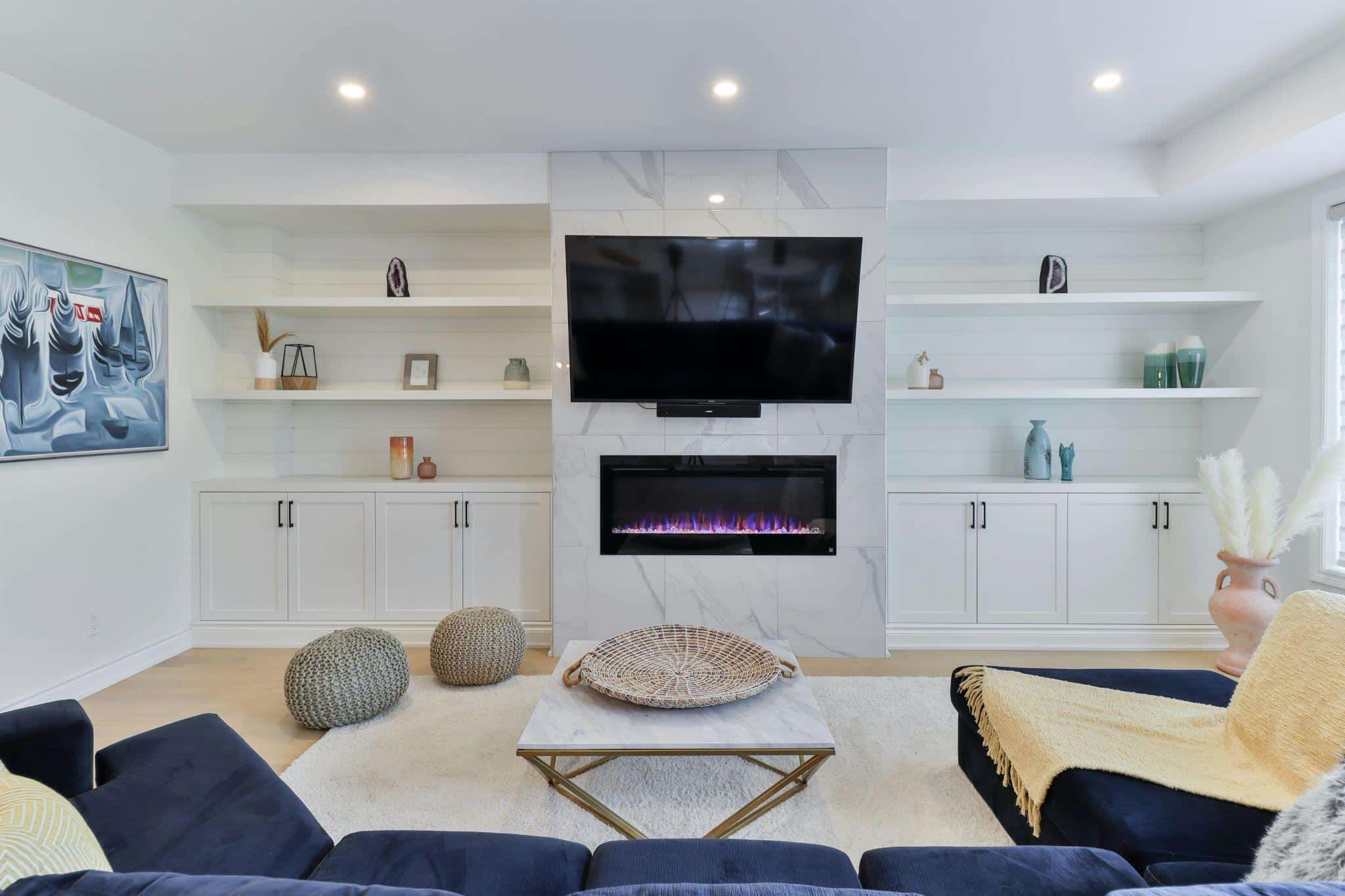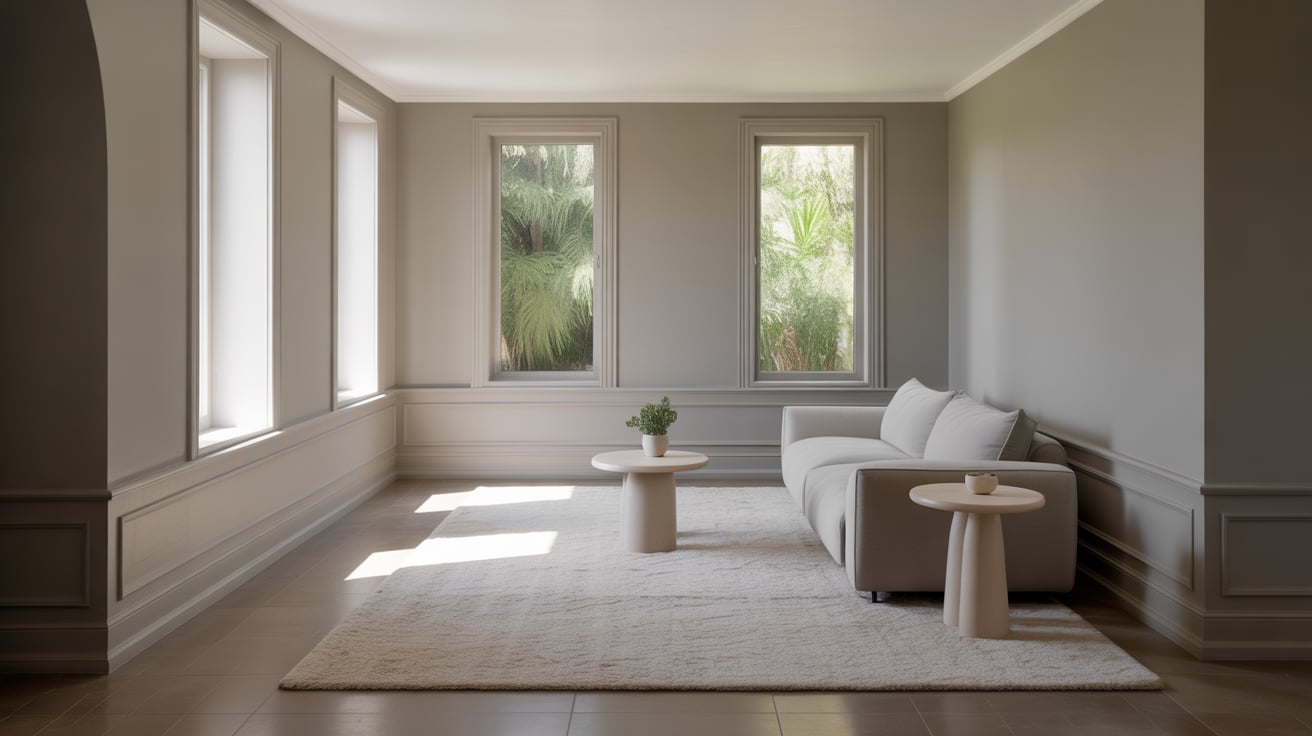The Perfect Duo: How Interior Designers and Renovation Contractors Collaborate on a Remodel
When embarking on a home remodel, the collaboration between an interior designer and a renovation contractor is crucial for achieving a successful outcome, because each professional brings a unique set of skills and expertise to the project, ensuring that both the aesthetic vision and practical execution are seamlessly integrated. Here’s how these two key players work together to transform your home.
Initial Consultation and Planning

The remodeling process typically begins with an initial consultation where the homeowner, interior designer, and renovation contractor meet to discuss the project. This meeting is essential for understanding the homeowner’s goals, preferences, and budget.
Defining the Vision
The designer takes the lead in understanding the homeowner’s style preferences, functional needs, and overall vision for the space. They consider factors such as color schemes, furniture layouts, lighting, and materials to create a cohesive design plan.
Assessing Feasibility
The renovation contractor evaluates the structural aspects of the project, ensuring that the desired changes are feasible within the existing framework of the home. They provide insights into potential challenges and practical considerations, such as load-bearing walls, plumbing, and electrical systems.
A great example of this detailed planning can be found on the Solid Solutions website, where you can see how a complete home renovation is approached: https://www.solidsolutionsrenovations.com/complete-home-renovations-calgary/
Design Development
Once the initial consultation is complete, the designer and contractor work closely to develop a detailed design plan that aligns with the homeowner’s vision and the structural realities of the space.
Conceptual Designs
The interior designer creates conceptual designs, including floor plans, mood boards, and 3D renderings, to illustrate the proposed changes. These visuals help the homeowner understand how the finished space will look and feel.
Technical Input
The contractor reviews the designs to ensure they are technically sound and can be executed within the given budget and timeline. They provide feedback on materials, construction methods, and potential modifications to enhance functionality and durability.
Budgeting and Scheduling
Budgeting and scheduling are critical aspects of any remodeling project; that’s why the designer and contractor collaborate to create a realistic budget and timeline that accommodates the homeowner’s needs and constraints.
Cost Estimation
The contractor provides detailed cost estimates for the construction work, including labor, materials, and any additional expenses, while the interior designer contributes by sourcing materials, fixtures, and furnishings that fit within the budget.
Project Timeline
The contractor develops a project timeline that outlines the sequence of tasks and milestones. The designer coordinates their design work with this schedule, ensuring that all elements are ready for installation at the appropriate times.
Execution and Coordination

During the construction phase, the designer and contractor maintain close communication to ensure the project stays on track and any issues are promptly addressed.
On-Site Supervision
The contractor oversees the construction work, managing subcontractors and ensuring that the project adheres to building codes and safety standards. They provide regular updates to the interior designer and homeowner on progress and any unforeseen challenges.
Design Implementation
The interior designer visits the site regularly to monitor the implementation of the design plan. They ensure that materials are installed correctly, colors and finishes match the design specifications, and the overall aesthetic vision is maintained.
Final Touches and Inspection
As the project nears completion, the designer and contractor collaborate to add the finishing touches and conduct a final inspection.
Styling and Furnishing
The interior designer takes charge of the final styling, including placing furniture, hanging artwork, and arranging décor elements. Their goal is to create a polished, cohesive look that aligns with the homeowner’s vision.
Quality Check
The contractor performs a thorough inspection to ensure that all construction work meets the required standards and specifications. They address any remaining issues or touch-ups needed to deliver a flawless finish.
Design & Renovation: A Harmonious Partnership
The successful collaboration between an interior designer and a renovation contractor is essential for a well-executed remodel – but, as a result of combining their expertise in design and construction, these professionals ensure that the project not only looks beautiful but also functions efficiently and stands the test of time. For homeowners, this partnership translates to a smooth remodeling process and a stunning, transformed living space.
Whether you’re planning a small update or a major renovation, the synergy between an interior designer and a renovation contractor can make all the difference in achieving your dream home.







